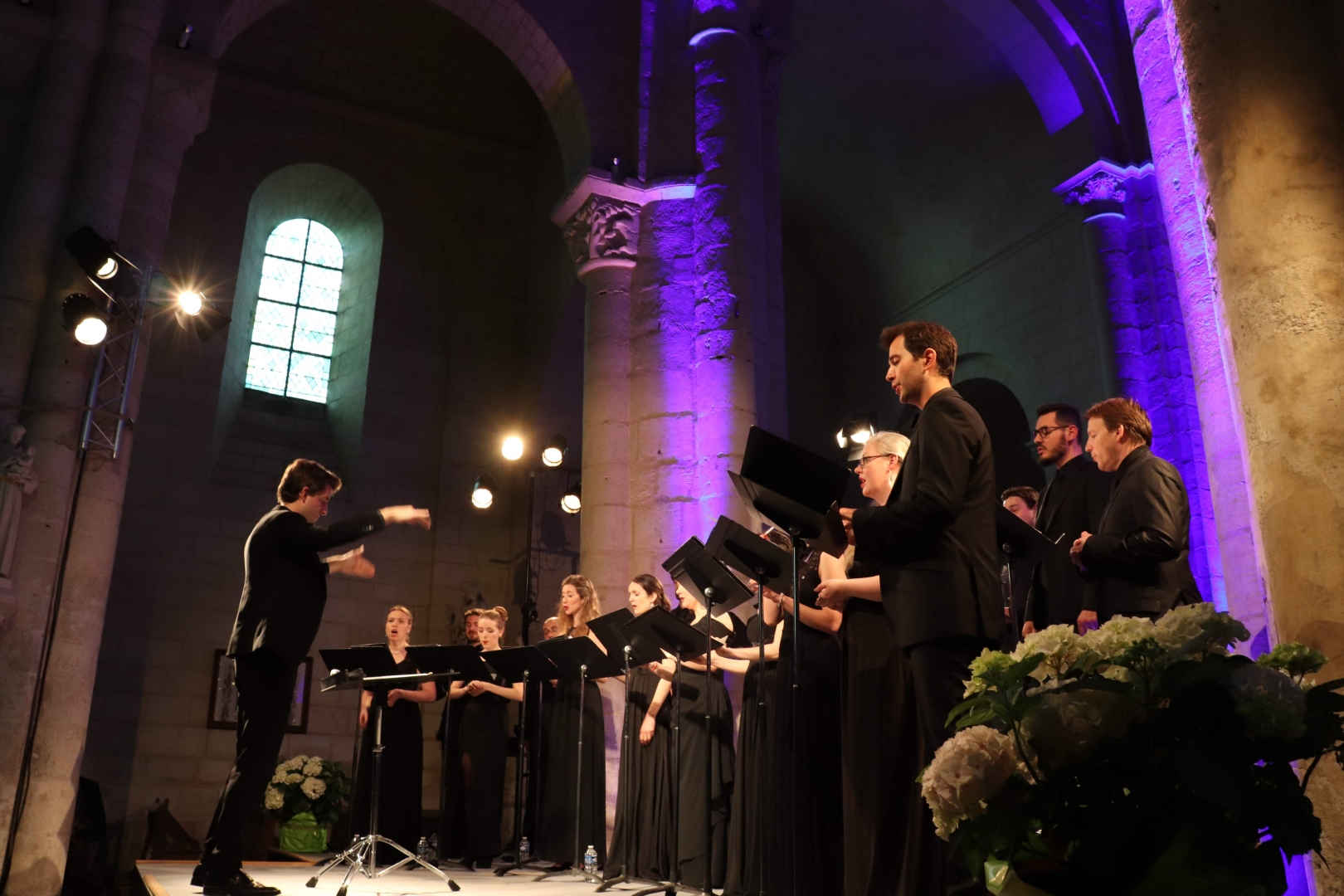
The Rothko Chapel is a “spiritual environment, a place for contemplation” (Feldman), located in Houston, commissioned by the collectors John and Dominique de Ménil and created by the painter Mark Rothko.
After years of work, in 1970, the unthinkable happens: the painter commits suicide. After the inauguration, the collectors commission a musical creation from Morton Feldman, a friend of Rothko’s, to resonate with the walls of the Rothko Chapel, but also to symbolize its spiritual elevation. Feldman delivers a very personal score, incorporating quite a few events from his life: a melody written on the day of Stravinsky’s funeral in New York; or the final movement of the alto, a Hebraic song he composed when he was fifteen.
Rothko Chapel
Morton Feldman
Steven Stucky
Steve Reich
Les Métaboles (24 singers)
Léo Warynski, direction

